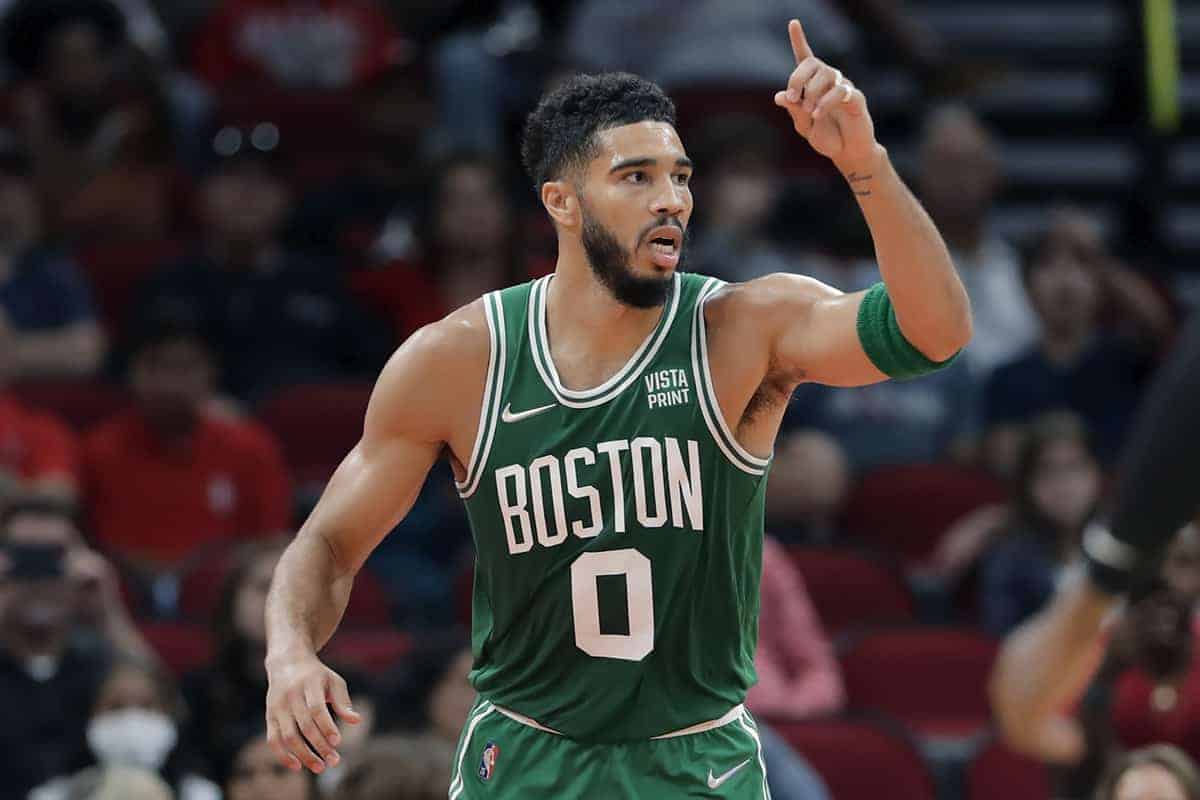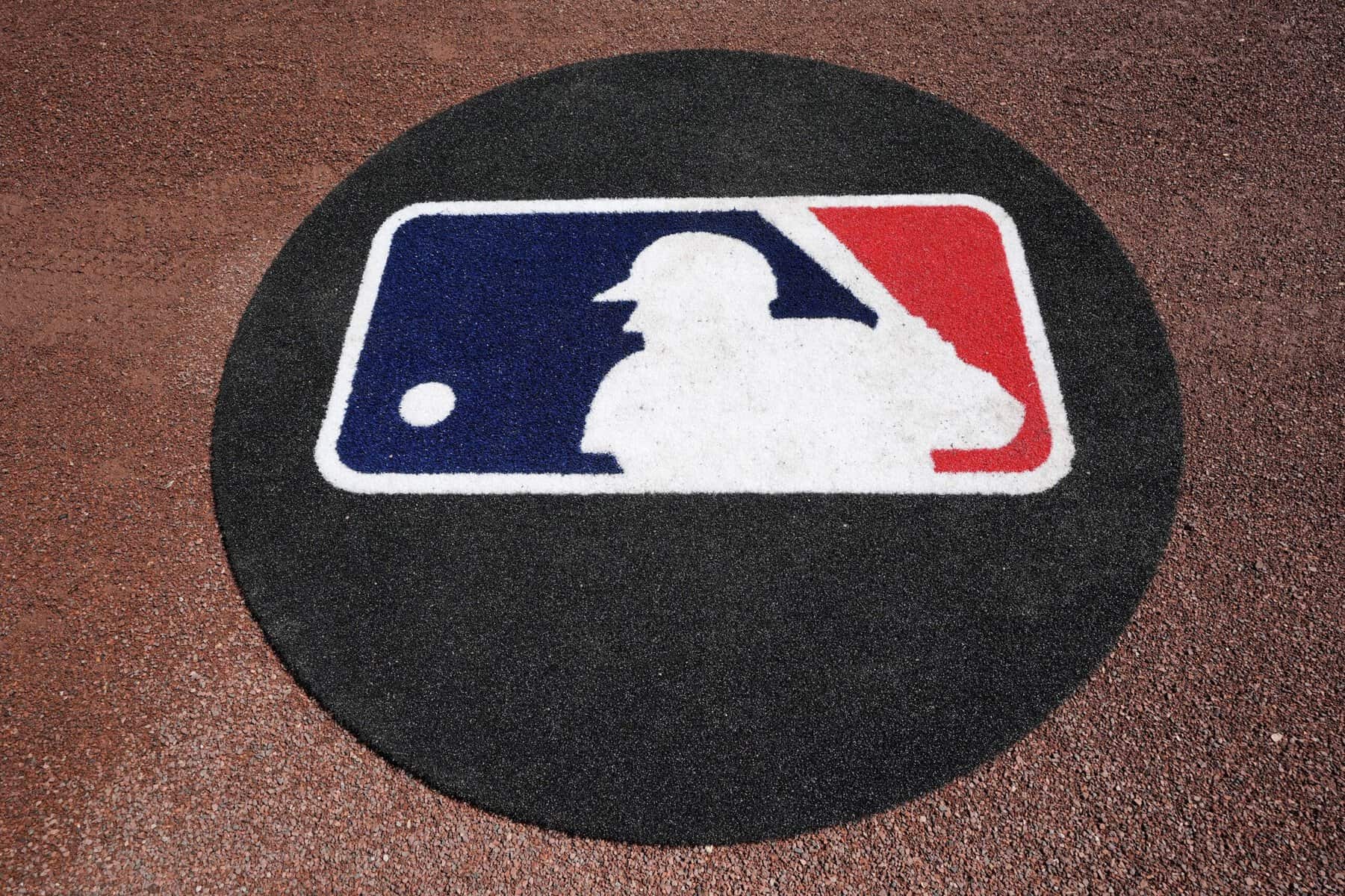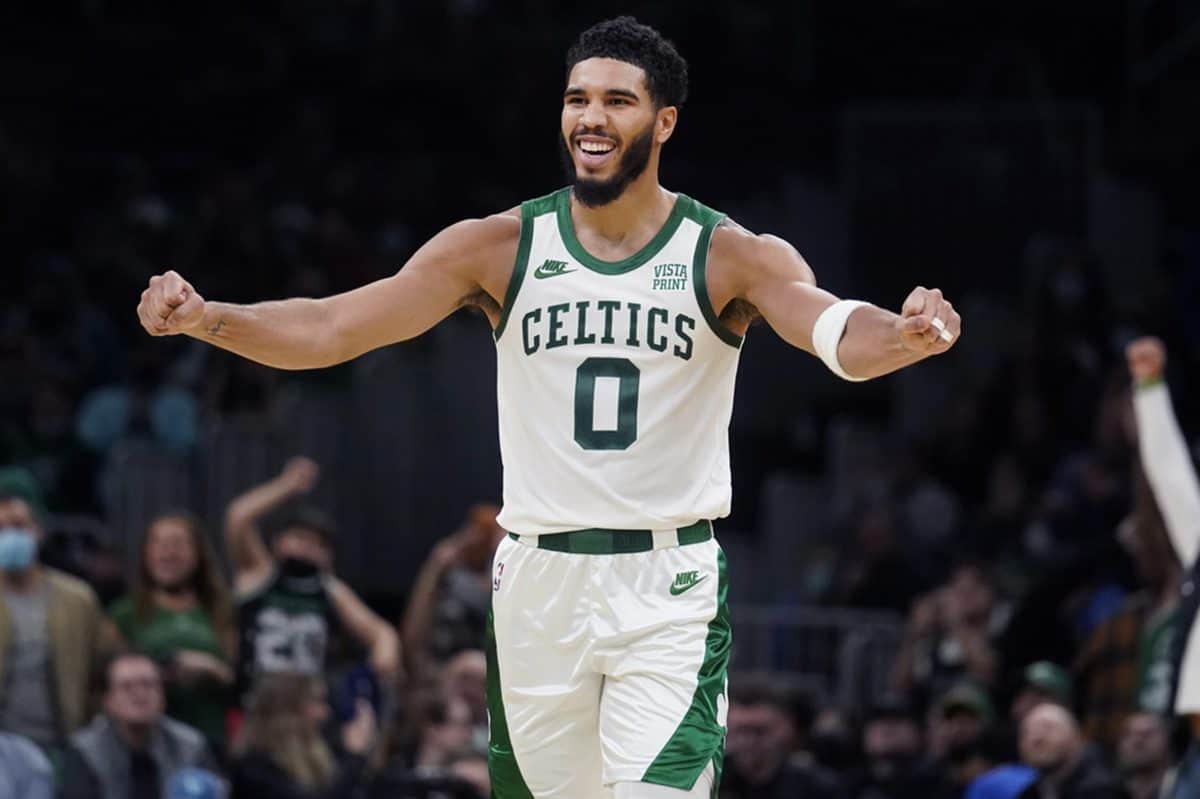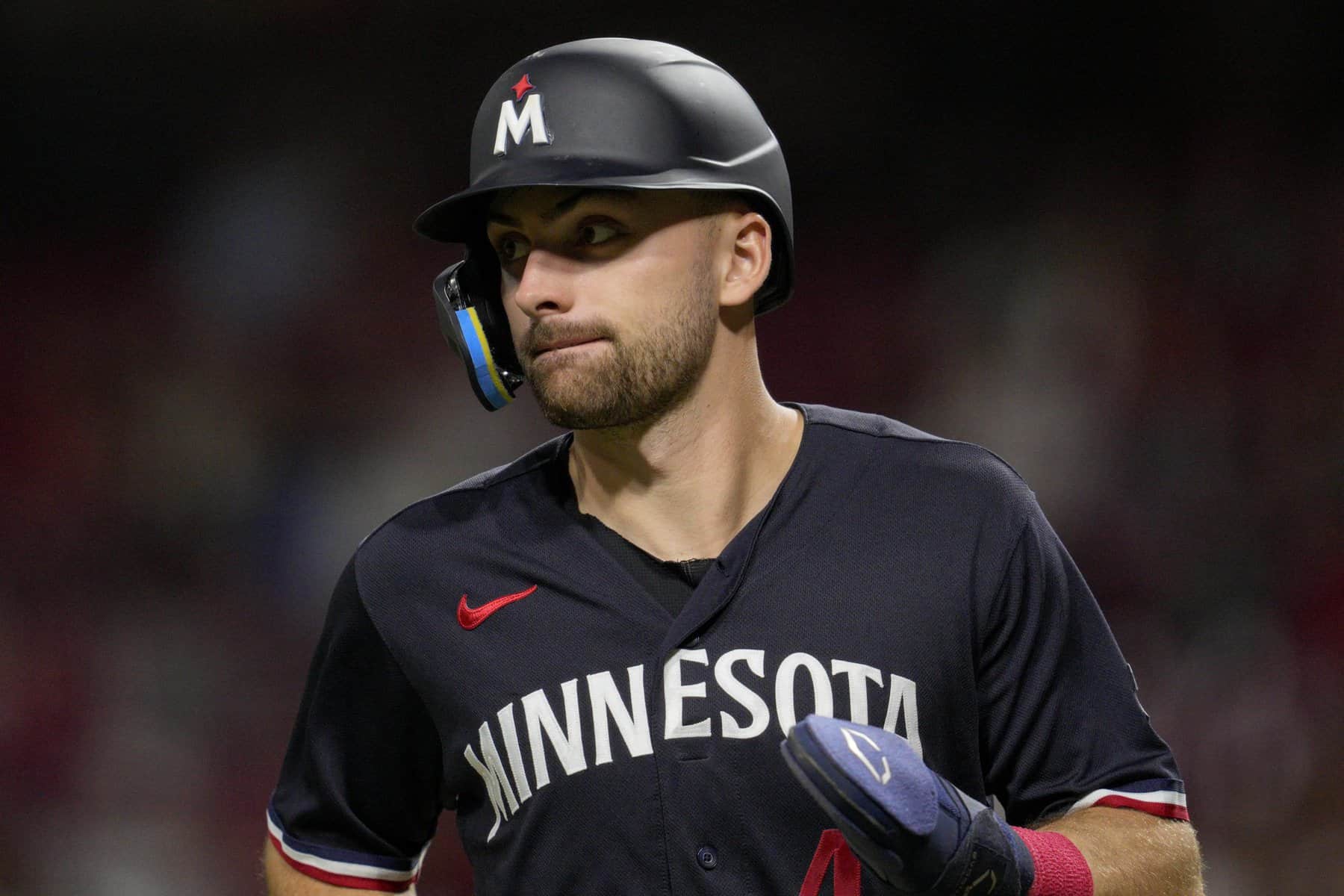Week 6 action continues with a Friday slate and DraftKings and FanDuel have great contests for these games. This college football DFS breakdown will look at each team and provide information about each skill position player of note. Make sure to check out our projections, depth charts and datasheets for more information. With that said, let’s dive into the first iteration of the Week 6 CFB DFS picks for Friday’s matchup.
College Football DFS: Week 6 Friday CFB Picks
Temple vs. Cincinnati
Temple (12.25 Implied Total)
Plays/Game – 67.2 (89th)
Pass Rate – 48.70% (64th)
Temple enters this contest with a 3-2 record. Their only two losses came at the hands of Rutgers and Boston College. This team defeated an impressive Memphis team 34-31 last week. Temple’s offense looks similar to 2020, except they have played much slower. Last year, Temple ran 76.6 plays per game, while they come in at 67.2 plays per game this year. The Owls have actually pass protected well, but Cincinnati’s defense is a completely different animal.
At quarterback, Georgia transfer D’Wan Mathis ($5,500) has played average football. He is currently completing 61.9% of his passes for 7.3 yards per attempt. Temple has utilized volume at times, allowing Mathis to reach at least 292 yards in two of his three starts this year. He averages 251 yards per game on 34.3 attempts, while adding 54 total yards rushing in three games this year. Both of those came against Wagner and Memphis, making this a large step up in competition for Mathis. While the volume and efficiency have been there at times, the matchup renders him viable only in GPPs this week.
At running back Edward Saydee ($3,800) has functioned as the lead back in a timeshare. He only averages 10.4 touches per game and 33 yards on the ground. Fortunately, he is somewhat active as a pass catcher with 54 yards on nine targets this year. This week, Temple made a shift on their depth chart, moving Ra’Von Bonner ($3,400) up to the RB2. He only has 13 carries this year for 58 yards, making him a pure speculative play. Temple also likely involves Tayvon Ruley ($4,000) and Kyle Dobbins ($3,500) to some degree, making this backfield largely one to avoid.
At receiver Jose Barbon ($4,500) leads the team with 282 yards on 31 targets. This equates to a 21.7% target share and 56.4 targets per game. However, Jadan Blue ($3,800) continues to be heavily involved with 12 targets in Temple’s most recent game. Blue interestingly only has 110 yards receiving this year but has shown massive upside in the past. Last year, he led Temple in both yards receiving and receptions. He has been banged up with an upper body injury. Randle Jones ($5,000) has been dealing with a lower body injury, but he is hopeful to play this week. Jones has been the WR1 when healthy, averaging 78.3 yards receiving per game on six targets. If Randle cannot play, Purdue transfer Amad Anderson ($3,600) would step up in his place. Anderson has played well with 177 yards on the year and 11 combined targets in the two games that Jones missed. He may have carved out a bigger role for himself regardless of Jones’ status. Darius Pittman ($3,000) will play tight end, but he participates in just 52% of the routes on the year. Blue is the most consistent option here.
Cincinnati (40.75 Implied Total)
Plays/Game – 65.0 (108th)
Pass Rate – 50.26% (51st)
Cincinnati continues to state their case for a College Football Playoff berth with a 4-0 record. This record now includes wins over Indiana and Notre Dame. Cincinnati continues to implement a slow, run heavy offense. Their offensive line has continued to be a liability in pass protection, but that looks unlikely to be exploited against Temple.
On the Cincinnati side, Desmond Ridder ($9,000) looks like one of the safer options on this three-game slate. Ridder is a strong dual threat with 98 yards rushing already this season. However, he has shown more upside in the past with at least 583 yards rushing in each of his first three seasons as the starting quarterback. Last year, his rushing numbers were slightly inflated by the 12 scores he registered on the ground. Ridder also averages 260.8 yards passing per game on just 28.8 attempts. Ridder currently completes 63.5% of his passes for 9.1 yards per attempt, but Temple’s defense is much weaker than either of his last two opponents. Ridder does not have any 300-yard passing games this year, but he has two at or above 295. Ridder has only reached 300 yards passing four times in his four years as Cincinnati’s starting quarterback. He is a safe option across formats.
At running back Jerome Ford ($7,800) is the unquestioned feature back. Last week, Ford touched the ball 18 times, and no other running back received a single touch. On the year, he averages 17.8 touches per game and 89.8 yards rushing. He is also somewhat active in the pass game, with upside for more. Cincinnati has not played from behind this year. No other running back is worth considering here.
At receiver Alec Pierce ($7,000) now has eight targets in back-to-back games for the Bearcats. He averages 70.8 yards per game on 5.5 targets. The volume will not be there in certain run-heavy game scripts, but Pierce has shown a ceiling. He caught six balls for 144 yards against Notre Dame. The WR2 is Notre Dame transfer Michael Young ($4,300). Young participates in 63% of the routes, averaging 37.8 yards and 4.5 targets per game for Cincinnati. Tyler Scott ($6,400) functions as the WR3 but rotates off the field slightly more. He also only has ten targets on the year. However, he has shown elite big play ability, registering 172 yards, which ranks second on the team. Cincinnati also utilizes two tight ends with some frequency. Leonard Taylor ($4,400) and Josh Whyle ($3,800) participate in 48% and 53% of the team’s routes, respectively. Last week, Taylor participated in 63% of the routes to 49% for Whyle. Both are pure GPP options here.
Charlotte vs. Florida International
Charlotte (31.25 Implied Total)
Plays/Game – 66.5 (96th)
Pass Rate – 46.24% (76th)
Charlotte enters this game with a 3-2 win, highlighted by wins over Duke and Middle Tennessee State. The 49ers dropped their most recent game to Illinois last week. Charlotte’s offense looks a lot like last year. Their pass rate is almost identical, but their play volume has fallen from 72 plays per game to 66.5. Both offensive lines have struggled, but neither team has any semblance of a pass rush.
Chris Reynolds ($7,500) will quarterback the 49ers with solid dual threat ability. Reynolds already has 169 yards rushing this year after registering 791 as a sophomore in 2019. Last year, he only appeared in six games. Reynolds relies on this rushing upside in Charlotte’s slow offense. The veteran signal caller only averages 223.2 yards passing per game on 26.8 attempts. However, he has shown upside, eclipsing 300 yards passing in two of his five games already this season. This makes Reynolds a viable signal caller across formats.
Charlotte will use a two-man committee with Shadrick Byrd ($4,500) and Calvin Camp ($4,200). Byrd averages 13.4 touches per game, compared to 10.6 for Camp. The difference comes down to pass game involvement. Byrd has out-targeted Camp 9-4 so far this season. On the ground, Camp has actually out-gained Byrd 262-240 on nine fewer attempts. This is going to be a 50/50 timeshare, making both GPP options against a terrible Florida International run defense.
At receiver Victor Tucker ($5,800) has taken a slight backseat to Grant DuBose ($6,000). DuBose currently leads the team with 390 yards, compared to 340 for Tucker. Tucker holds a 36-33 target advantage on the year. However, DuBose averages 7.8 targets per game in Charlotte’s last four, compared to six for Tucker. Both are excellent options. At tight end Taylor Thompson ($3,200) has a 64% route rate. Ryan Carriere ($3,000) is also involved with a 40% route rate. The WR3 is technically Elijah Spencer ($4,900) with a 48% route rate. Thompson has 17 targets on the year to Spencer’s 14, but Spencer has 130 yards receiving to Thompson’s 104. Both are pure GPP options.
Florida International (27.75 Implied Total)
Plays/Game – 69.5 (70th)
Pass Rate – 54.68% (28th)
Florida International holds a 1-4 record with their only win coming against LIU. They have now dropped four straight games, including last week’s game against FAU. Florida International is passing at a much higher rate than 2020, when they threw the ball 45.7% of the time. This game projects to be much closer, potentially lowering their pass rate here.
Florida International has relied on Max Bortenschlager ($6,300) at quarterback this year. Unlike most signal callers on this slate, Bortenschlager has -66 cumulative yards rushing. In a low volume offense, this makes him even more reliant on passing volume. He currently averages 273.6 yards passing per game on 28.8 attempts, showing impressive efficiency. He is completing 52.1% of his passes for 9.5 yards per attempt. Still, he has reached or eclipsed 259 yards in four of five games this year against Long Island, Texas State, Central Michigan and FAU. His only poor performance came against Texas Tech. Charlotte’s main weakness comes against opposing rushers, but Bortenschlager is viable in GPPs.
Florida International moved from a committee to a clear lead back in D’vonte Price ($6,500). Price carried 16 times last week and played on 45 offensive snaps. E.J. Wilson ($3,300), Lexington Joseph ($3,000) and Shaun Peterson ($3,000) played on 13, 10 and three snaps, respectively. Price now averages 17.4 touches per game and 80.6 yards rushing. He is also involved in the pass game, averaging 2.2 targets per game. He is a solid play on the three-game slate.
At receiver Tyrese Chambers ($6,700) averages 94 yards receiving per game on 6.6 targets. Behind him, Bryce Singleton ($5,100) averages 81.8 yards receiving per game on 5.4 targets. However, he has taken a step back in recent weeks to Shemar Thornton ($3,400). Thornton has now appeared in two games, seeing 13 targets and 27 yards. He also participated in 86% and 63% of dropbacks over the last two games. Randall St Felix ($4,000) also plays rotational snaps, seeing ten targets on the year. He popped up for five targets last week on a season high 56% of routes. Tight end Rivaldo Fairweather ($3,700) is also highly involved. He ranks third on the team with 15 targets and 123 yards receiving.
Stanford vs. Arizona State
Stanford (21 Implied Total)
Plays/Game – 59.0 (129th)
Pass Rate – 53.90% (33rd)
Now 3-2 overall, Stanford has a curious record this year with losses to Kansas State and UCLA. However, they also have wins over USC and Oregon. Stanford has played much slower this year but has already starter trending towards the 71.5 plays per game they averaged last year. Stanford’s offensive line has been a liability this year with the 106th ranked pass blocking unit. However, they played well against Oregon and look improved overall.
For Stanford, Tanner McKee ($6,800) will quarterback the Cardinals with reasonable efficiency. McKee has shown some rushing ability with 71 cumulative yards this year. He also averages 218.6 yards passing per game on 27.4 attempts. These numbers are somewhat depressed after splitting time with Jack West to open the season. McKee completes 64.5% of his passes for 7.9 yards per attempt. Volume should also begin to work in his favor as Stanford’s plays per game positively regress. He is a middling option overall due to Stanford’s low implied team total.
At running back Stanford reduced their committee to two players last week. Nathaniel Peat ($4,700) handled 17 touches to Austin Jones’ ($3,900) 11 touches. Peat has been far more efficient with 273 yards rushing on 42 carries, compared to 148 yards on 34 carries for Jones. Both are involved in the pass game, keeping them viable in tournaments here.
Stanford lost Brycen Tremayne to a lower body injury and had to be carted off the field. This puts Elijah Higgins ($5,400) into play as the team’s WR1. Higgins now leads the team with 31 targets (22.3% target share and 273 yards receiving (54.6 per game). Behind him, John Humphreys ($4,100) projects to take on a larger role. He has six and eight targets in back-to-back games for Stanford. Tight end Benjamin Yurosek ($3,500) will stay involved as an ancillary piece, averaging four targets per game. Bryce Farrell ($3,600) was the receiver stepping up for Tremayne, but he only saw one target last week. Just taking the discounted Humphreys makes more sense than punting with Farrell here.
Arizona State (31 Implied Total)
Plays/Game – 62.5 (121st)
Pass Rate – 42.80% (91st)
Now 4-1 overall, Arizona State’s only loss this year came on the road against BYU. The Sun Devils are now on a two-game winning streak after defeating Colorado and UCLA. Arizona State is playing a similar brand of football to last year. They focus on the run with a slow, methodical approach. They have an excellent offensive line that ranks second in the country in pass blocking. Stanford’s defense is weaker against the run, boding well for the Sun Devils.
Jayden Daniels ($6,900) remains Arizona State’s veteran signal caller at this point. He is an elite dual threat with 293 yards rushing on the season. He has also shown solid efficiency as a passer, completing 71.9% of his passes for 9.6 yards per attempt. Daniels averages 218.8 yards passing per game on 22.8 attempts. These numbers are depressed by a non-conference game against Southern Utah, where Daniels attempted just 12 passes. Daniels has not reached 300 yards passing in a single game this year, but he did so five times as a freshman. In more competitive games, Daniels has displayed elite upside, making him a strong target across the board on this three game DFS slate.
Last week, DeaMonte Trayanum ($5,500) returned from injury to handle 16 carries and one target in pass game. He out-touched Rachaad White ($8,200) 17-11 in a somewhat competitive game. White has been extremely involved this year, but now projects to see less than the 17.8 touches he has averaged to start the year. White is extremely involved as a pass catcher and actually leads the team with 25 targets. Whether this continues with Trayanum back remains to be seen. Either way, Trayanum is a smash price adjusted play in a near 50/50 timeshare.
At receiver Arizona State lost their most targeted receiver Johnny Wilson ($4,600) to a hamstring injury. This allowed Ricky Pearsall ($6,200) to operate as the clear WR1 with his 91% routes rate in Week 5. Behind him, Curtis Hodges ($3,900) was the next most consistent pass catcher with a 77% route rate. He boasts a 55% route rate on the year. Arizona State implements a nasty receiver rotation behind these two, led by Andre Johnson ($3,900) and Bryan Thompson ($3,000). Johnson has the 68% route rate on the year to Thompson’s 18%. However, the pair played nearly identical snaps last week against UCLA. L.V. Bunkley-Shelton ($3,700) will also be involved to some degree. He averages a 55% route rate on the season. None of these players averages even four targets or 40 yards receiving per game, rending them all GPP dart throws.
Thanks for reading to the end of this article! If you appreciate this free content and want to see more of it every day, you can help us out by sharing this article on social media!
[CFBPAGE]

















